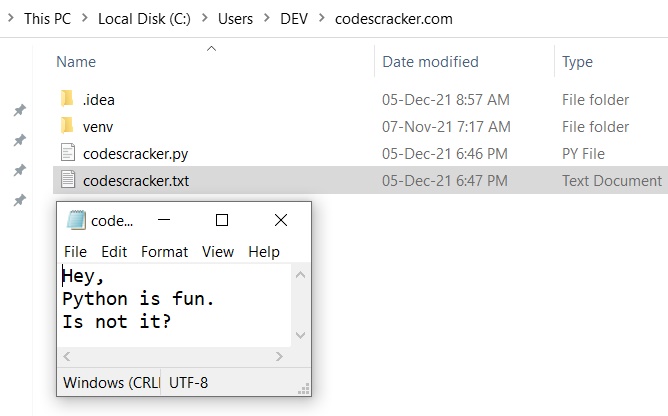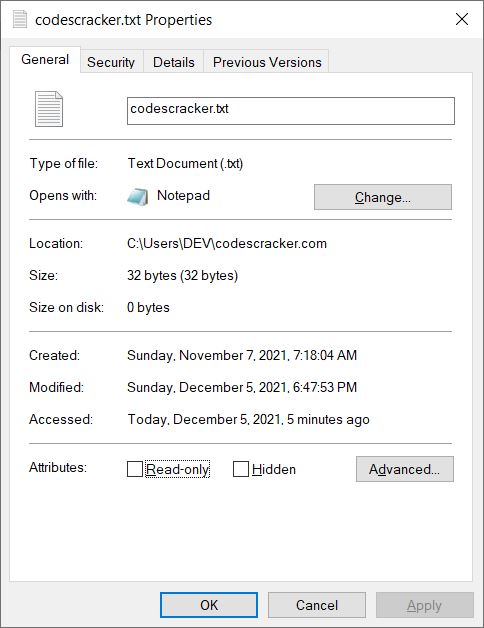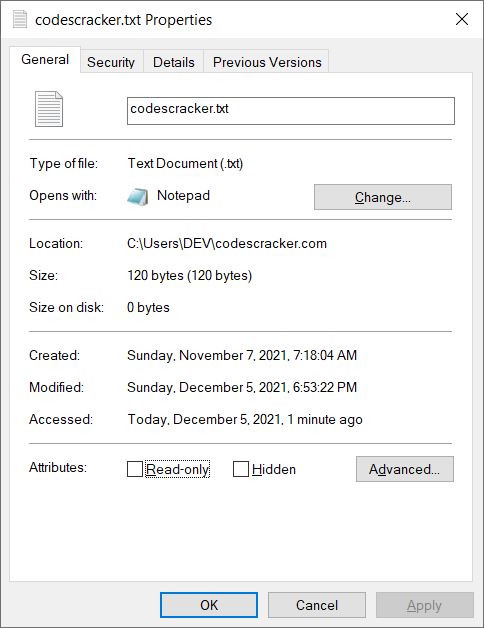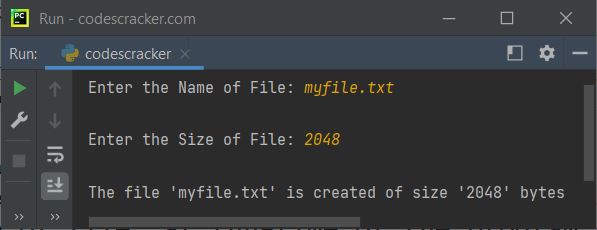- Python Built-in Functions
- Python All Built-in Functions
- Python print() Function
- Python input() Function
- Python int() Function
- Python float() Function
- Python len() Function
- Python range() Function
- Python str() Function
- Python ord() Function
- Python chr() Function
- Python ascii() Function
- Python pow() Function
- Python type() Function
- Python List Functions
- Python list() Function
- Python insert() Function
- Python append() Function
- Python extend() Function
- Python pop() Function
- Python remove() Function
- Python reverse() Function
- Python sort() Function
- Python sorted() Function
- Python Dictionary Functions
- Python dict() Function
- Python update() Function
- Python get() Function
- Python keys() Function
- Python setdefault() Function
- Python fromkeys() Function
- Python items() Function
- Python popitem() Function
- Python Tuple Function
- Python tuple() Function
- Python Set Functions
- Python set() Function
- Python frozenset() Function
- Python String Functions
- Python split() Function
- Python join() Function
- Python format() Function
- Python replace() Function
- Python Iterator Functions
- Python iter() Function
- Python min() Function
- Python max() Function
- Python sum() Function
- Python count() Function
- Python index() Function
- Python copy() Function
- Python clear() Function
- Python next() Function
- Python filter() Function
- Python enumerate() Function
- Python zip() Function
- Python reversed() Function
- Python Number Functions
- Python abs() Function
- Python bin() Function
- Python oct() Function
- Python hex() Function
- Python round() Function
- Python divmod() Function
- Python complex() Function
- Python File Handling Functions
- Python open() Function
- Python read() Function
- Python readable() Function
- Python readline() Function
- Python readlines() Function
- Python write() Function
- Python writable() Function
- Python writelines() Function
- Python close() Function
- Python seek() Function
- Python tell() Function
- Python flush() Function
- Python fileno() Function
- Python truncate() Function
- Python Class Functions
- Python object() Function
- Python property() Function
- Python getattr() Function
- Python setattr() Function
- Python hasattr() Function
- Python delattr() Function
- Python classmethod() Function
- Python staticmethod() Function
- Python issubclass() Function
- Python super() Function
- Python Misc Functions
- Python all() Function
- Python any() Function
- Python isatty() Function
- Python bool() Function
- Python callable() Function
- Python globals() Function
- Python locals() Function
- Python dir() Function
- Python id() Function
- Python isinstance() Function
- Python map() Function
- Python repr() Function
- Python slice() Function
- Python vars() Function
- Python Advance Functions
- Python help() Function
- Python hash() Function
- Python breakpoint() Function
- Python bytes() Function
- Python bytearray() Function
- Python memoryview() Function
- Python compile() Function
- Python eval() Function
- Python exec() Function
- Python Tutorial
- Python Tutorial
- Python Examples
- Python Examples
Python truncate() Function
The truncate() function in Python is used to truncate the size of a file. Basically the truncate() function is used to resize the file to given number of bytes.
For example, I've a file named codescracker.txt available in current directory for the Python program given below. The following snapshot shows that current directory along with opened file codescracker.txt:

And the following snapshot shows the size of above file:

Now let's create a program, that truncate the size of this file to 120 bytes:
fob = open("codescracker.txt", "a") fob.truncate(120) fob.close()
After executing the above program, the size of file gets truncated. Now the size is 120 bytes. Here is the new snapshot that shows the properties of file:

Python truncate() Function Syntax
The syntax of truncate() function in Python, is:
fileObject.truncate(size)
The size parameter is optional. Therefore if the size parameter is not specified, then the current position will be used. The default value of size is None.
Python truncate() Function Example
Here is an example of truncate() function in Python. This program allows user to create a file, and define the size of file, at run-time of the program:
print("Enter the Name of File: ", end="") fileName = input() fileObject = open(fileName, "a") print("\nEnter the Size of File: ", end="") sizeOfFile = int(input()) fileObject.truncate(sizeOfFile) fileObject.close() print("\nThe file '{}' is created of size '{}' bytes".format(fileName, sizeOfFile))
The snapshot given below shows the sample run of above program with user input myfile.txt as name of file and 2048 as total bytes as size to create a file of 2048 bytes or 2KB:

Now if you open the current directory, then a file with same name and size as provided in above sample run, will be available there.
« Previous Function Next Function »